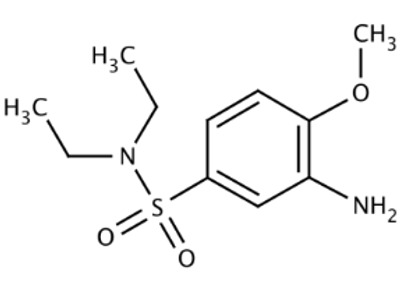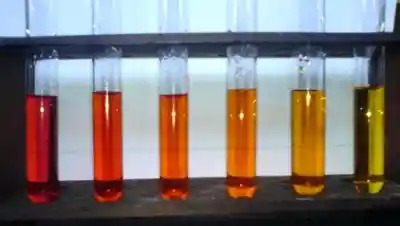Azoic Dyes
Azoic dyes are organic compounds with a functional group R-N = N-R’, where R and R’ are usually aryl groups. They are a commercially important family of azo compounds. Azoic dye is produced by the reaction of coupling component and diazo component. The procedure of producing azoic dye is different from that of producing other dyes. Azoic dye is also called ice color because it needs low temperature after the dye is produced.
Preparation
Most azoic dyes are prepared by azo coupling, which requires an electrophilic substitution reaction of an aryl diazonium cation with another compound-coupling partner. Azo coupling is an organic reaction between a diazonium compound and another aromatic compound that produces azo compound. In this electrophilic aromatic substitution reaction, the aryldiazonium cation is an electrophile and the aromatic compound is a nucleophile. As the reaction increases conjugation of compound, the product will absorb longer wavelength light than the reactants. Therefore, aromatic azo compounds tend to be brightly colored. For example, methyl red, which is an azoic dye, can be produced by diazotization of anthranilic acid, followed by reaction with dimethylaniline:

Applications
Analytical chemistry: Methyl orange is a pH indicator commonly used for titration because of its apparent color change at different pH values. Methyl orange shows pink in acidic medium and yellow in basic medium. Because it discolors at the pH of moderately strong acid, it is usually used in titration for acids. Unlike general indicators, methyl orange does not have a full spectrum of color change, but it has a sharp end point. When the solution became less acidic, the color of methyl orange changes from red to orange and finally to yellow as the acidity of the solution increases. The entire color change occurs under acidic conditions.

Industrial use: Azoic dyes are used for the dyeing of textile fibers, especially cotton, as well as silk, wool, viscose fibers and synthetic fibers. They are considered to be easy to use, relatively inexpensive, and provide clear, strong colors. There are about 2000 kinds of azoic dyes on the market.
